OpenAI opens the ChatGPT «black box»: who uses (and how) the famous chatbot
Yesterday, OpenAI published a comprehensive study that sheds light on the characteristics of ChatGPT users and the different uses of the popular AI chatbot.
As the company that launched the generative AI boom almost three years ago, ChatGPT has the reputation of being the most popular chatbot across the globe. And by the end of July of this year, nearly 10% of the global adult population had already succumbed to the charms of OpenAI’s famous chatbot.
It’s clear that ChatGPT has a large army of users spread across the globe, but who are those users? And almost more importantly, how exactly is the famous chatbot used? To answer these and other questions, OpenAI published an exhaustive study yesterday that sheds light on the characteristics of ChatGPT users and the different uses of the popular AI chatbot.
Collaboratively developed by the company’s internal research team, led by Sam Altam and Harvard University economist David Deming, the report evaluated 1.5 million conversations between ChatGPT and users enrolled in the OpenAI subsidiary’s private plans. The messages analyzed in this research never reached real people and were invariably examined by a large language model (LLM).
What are ChatGPT users like?
The report, undertaken by OpenAI, shows that more than half of ChatGPT’s weekly active users currently use typically feminine first names. In contrast, when the chatbot was launched approximately three years ago, 80% of ChatGPT users used typically masculine first names. According to the report, these figures suggest that the gender gap in ChatGPT usage has substantially closed over the past three years.
It should be noted, however, that the first names evaluated in the research that were categorized as gender ambiguous were excluded from the report.
Another conclusion of the OpenAI report is that OpenAI users are generally quite young. Not surprisingly, almost half of the messages examined in the study were sent by adults between the ages of 18 and 25.
Furthermore, it appears that users with university degrees are the most likely to use ChatGPT in professional settings. More than 46% of university-educated users use ChatGPT at work, a proportion that plummets to 37% for users without a university degree.
Along the same lines, professionals in highly paid technical roles are more likely to use ChatGPT for professional purposes.
ChatGPT, on the other hand, is enjoying significant popularity in low- and middle-income countries. In fact, in lower-income countries, adoption of OpenAI’s chatbot is four times faster than in countries with higher per capita incomes.
What is ChatGPT used for?
Although ChatGPT is extremely popular in the workplace, the truth is that around 70% of the questions posed to the AI chatbot are not related to non-professional topics.
77% of conversations with ChatGPT revolve around practical assistance (advice or finding ideas, for example), writing (editing, translating, or generating summaries), and information searching.
The proportion of users who turn to ChatGPT for technical assistance (when performing calculations, data analysis, or programming tasks) has dropped, on the other hand, from 12% to 5% between July 2024 and July 2025.
Users with typically feminine names are more likely to use ChatGPT for writing and practical assistance tasks, while users with typically masculine names tend to use the OpenAI chatbot more for technical assistance, information searches, and multimedia tasks (image generation, for example).
The majority of messages channeled through ChatGPT (49%) revolve around queries related to practical assistance, recommendations, and information searches, while 40% relate to specific tasks, and only 1% have no clear purpose.
Among users under 26 years of age (who make up 46% of the users evaluated in the report), around 23% use ChatGPT in professional contexts.
42% of the work-related messages ChatGPT encounters relate to writing tasks. This proportion rises to over 50% among users working in management and business areas. When users request ChatGPT assistance with writing tasks in professional settings, the purpose of their queries is typically to modify texts rather than to create a copy from scratch.
Source: www.marketingdirecto.com






